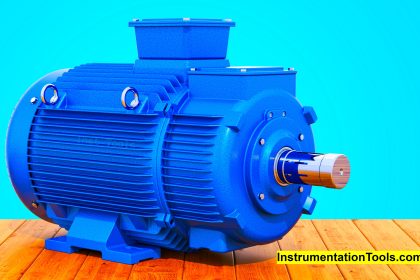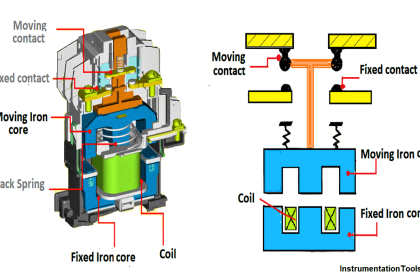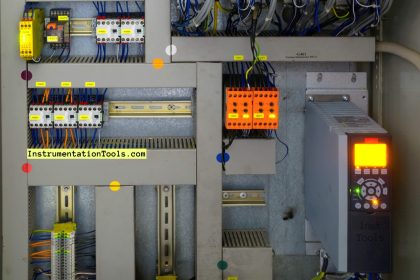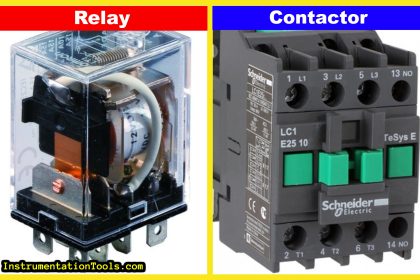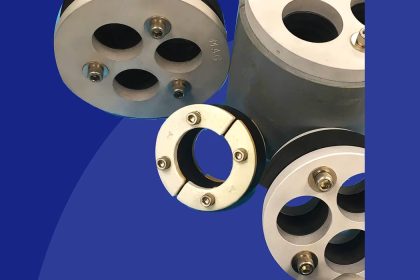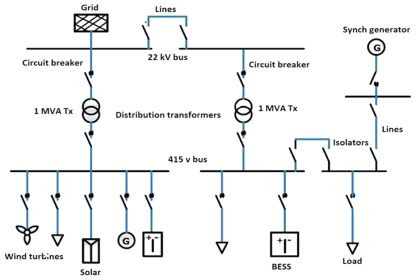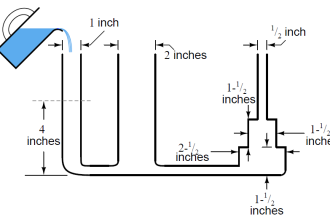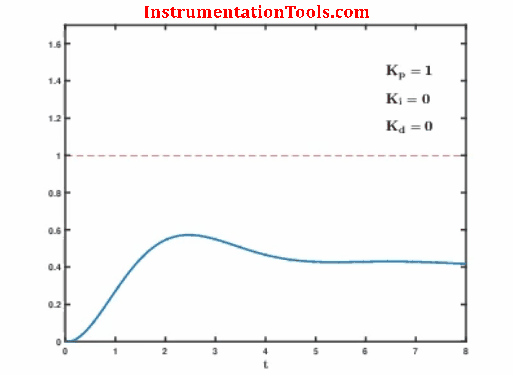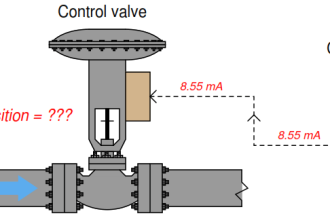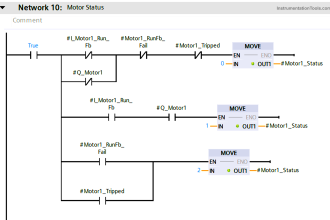In this post, we will see the various types of tripping protection features available in an MCCB.
Circuit breakers are an essential part of an electrical circuit. It is a device that is used as a protective switch for passing electrical current with tripping conditions checked.
When it detects a trip condition, the circuit breaker opens its contact and isolates the input and output voltage from contacting each other.
Many types of circuit breakers are used in a circuit; but in this post, we will focus on one of the most used ones – MCCB (Moulded Case Circuit Breaker).
MCCB Tripping Protection
Now, here, we will see the many tripping functions that are available in MCCB. Basically, the idea is to understand the various settings through which an MCCB can trip the circuit.
This is one of the main advantages of MCCB over other circuit breakers; because you have many options to protect the whole electrical circuit by manipulating the settings according to you.
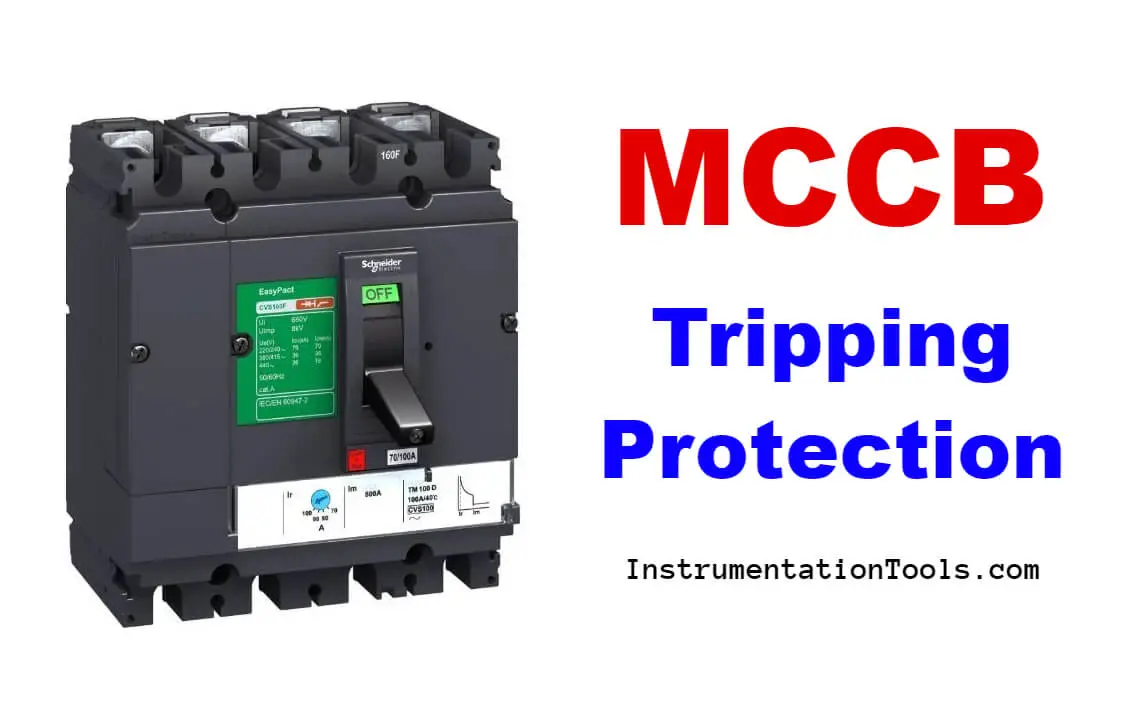
Let us have a look at each one of them.
Long Time Delay
As the name defines, the long time delay is the setting that shows how long a circuit breaker can carry the over current before tripping the circuit.
It defines the maximum tolerable capacity of the MCCB to carry a huge amount of over current that is potentially dangerous for the circuit if carried for a longer time.
Many electrical loads have a high amount of inrush current too when it is started. If the circuit is not allowed to pass this current for some period of time and it trips immediately, then it will never run in the system.
So, it is essential to provide some time for the load to carry this current; but up to a permissible limit. This limit is a long time delay.
The maximum allowable over current rating available as of now is up to 6 times the rated current. Time is settable normally from 2 to 30 seconds.
Short Time Pick Up and Delay
As the name defines, the short time delay is the setting that shows how long a circuit breaker can carry the over current before tripping the circuit. The working is the same as long time delay; it is just shorter than long time delay.
A short time delay allows a more amount of over current to pass through the circuit breaker. Time is settable normally from 0.05 to 0.5 seconds.
Short-time pickup is the current set in the circuit breaker which defines the maximum allowable over current.
Typically, it is up to 10 times the rated current.
Continuous Amps
With this setting, you can change the rated current of the circuit breaker.
Typically, the setting is adjusted from 20 to 100%. This means, suppose you set the rating to 60%; and the rated ampere is 1000A.
So, the circuit breaker can carry 600A of current properly without tripping. If it exceeds 600A, then it will trip.
Ground Fault Pick-up and Delay
There are many systems where grounding is not proper and if such high impedance currents are not detected, then it can damage the equipment.
So, this setting allows the circuit breaker to limit the ground fault current up to a limit for a certain period of time. If the time is exceeded, then the circuit breaker will trip.
Normally, the time is divided into three parts – 0.1 seconds, 0.2 seconds, and 0.4 seconds.
The pickup is normally set from 20 to 70% of breaker rating.
Instantaneous Pick-up
As the name defines, instantaneous pick up is the setting that shows how high a circuit breaker can carry the over current before immediately tripping the circuit. There is no time delay in this.
As soon as the current exceeds the limit, the circuit breaker trips instantaneously. If this setting is set even lower than short time pick up and the current exceeds the instantaneous pickup limit, then it will override the short time delay and trip the circuit immediately.
In this way, we discussed various types of tripping protections that are available in an MCCB.
If you liked this article, then please subscribe to our YouTube Channel for Instrumentation, Electrical, PLC, and SCADA video tutorials.
You can also follow us on Facebook and Twitter to receive daily updates.
Read Next:
- Earth Leakage Circuit Breaker
- Corona Discharge in Power Lines
- Star Delta Starter Circuit Diagrams
- Control Two Motors after Time Delay
- Thermal Protection Relay for Motors
